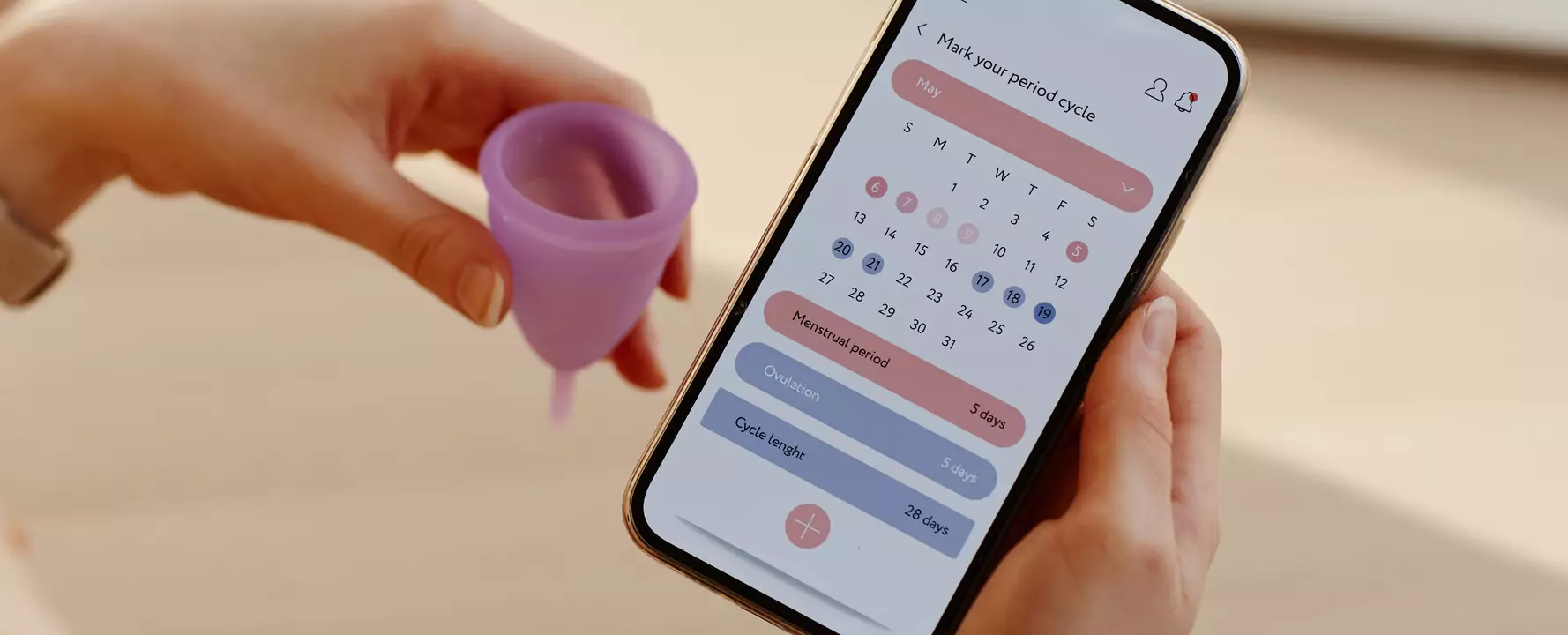The association between menstrual cycles and lunar phases has been a long-standing belief in various cultures around the world. The average cycle time of 29.3 days bears a striking resemblance to the 29.5-day cycle of the Moon’s phases. While some may dismiss this correlation as mere coincidence or magical thinking, researchers from France and the US have delved deeper into this phenomenon. They have discovered that menstrual cycle rhythms are predominantly governed by the body’s internal clock rather than being solely intrinsic to the cycle itself.
A comprehensive analysis of almost 27,000 menstrual cycles from European and North American women revealed intriguing findings. The researchers identified ‘phase jumps’, where menstrual phases adjust to align with an external body clock. This adaptive mechanism serves to maintain the stability of cycle lengths within individuals, emphasizing the influence of the internal clock on menstrual timing. Despite a weak but significant association with the Moon’s orbital period, geographical variations in the relationship hint at lifestyle differences that may play a role in menstrual cycles.
The human body operates on a circadian rhythm with a period slightly over 24 hours, independent of external factors such as sunlight exposure. This inherent clock mechanism remains highly stable for each individual, ensuring regularity in physiological processes. While external stimuli like sunlight can reset the body clock, disruptions in this rhythm can lead to conditions like jetlag. The researchers propose that the internal clock plays a central role in regulating menstrual cycles, maintaining consistency and narrow variability across populations.
The study’s findings offer valuable insights into potential fertility treatments and the underlying genetics of the menstrual cycle. Identifying gene variants linked to cycle length hormones is a crucial step towards understanding the chronobiology of menstrual timing. However, the intricate interactions between the body’s internal clock, genetic factors, and environmental influences require further investigation with larger study cohorts. The integration of chronobiological approaches in ovulation disorder treatments holds promise for advancing reproductive health interventions.
As the research team continues to explore the intricate mechanisms underlying menstrual cycles, they anticipate collaborative efforts in the field of circadian medicine. The relationship between lunar cycles and menstrual timing presents a compelling avenue for future research, shedding light on the complex interplay between genetics, environment, and chronobiology. By unraveling the mysteries of menstrual cycle regulation, scientists aim to enhance fertility treatments and refine medical interventions for ovulation disorders.
While the association between menstrual cycles and lunar phases has intrigued cultures throughout history, modern research has unveiled a more nuanced understanding of menstrual timing. The interplay between the body’s internal clock, genetic factors, and external influences offers a multifaceted explanation for the regulation of menstrual cycles. By delving deeper into the chronobiology of reproductive health, researchers aim to pave the way for innovative fertility treatments and personalized care approaches. The complex relationship between menstrual cycles, lunar phases, and circadian rhythms underscores the intricate nature of human biology and the potential for transformative advancements in women’s health.



Leave a Reply